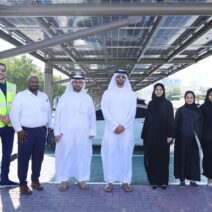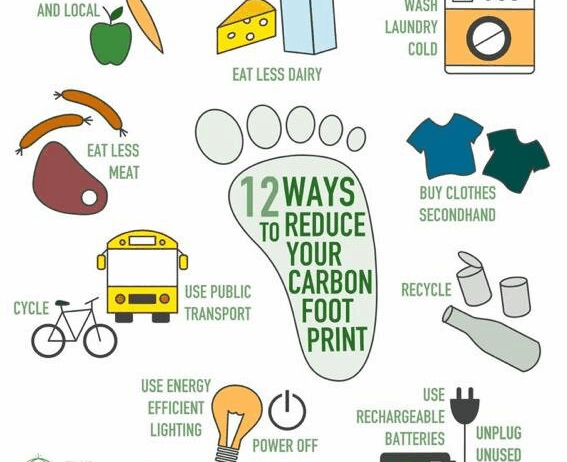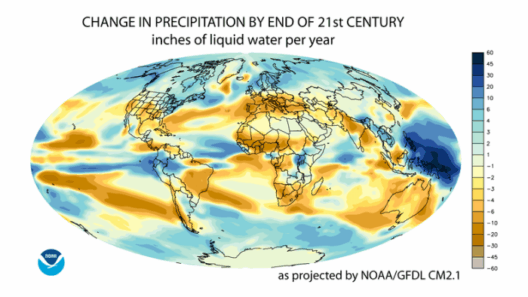The climate crisis, an insidious menace lurking in the shadows of our daily lives, demands urgent action from every individual. As the temperature climbs and natural disasters become increasingly calamitous, each person can harness their individual power to mitigate humanity’s carbon footprint. This guide presents a structured checklist designed to provoke thought and inspire tangible actions. Your climate checklist is not simply a list; it’s a gateway to a sustainable future.
1. Rethink Your Transportation Choices
The way we commute has profound implications for the environment. The transportation sector is a significant contributor to greenhouse gas emissions, accounting for approximately 29% of total U.S. emissions. To initiate your carbon reduction journey, ponder these alternatives:
- Embrace Public Transportation: Utilizing buses, subways, and trains not only minimizes your carbon output but also enhances urban mobility, alleviating traffic congestion.
- Carpool or Share Rides: Collaborate with neighbors or colleagues to decrease the number of vehicles on the road. Digital platforms and apps make organizing rides seamless.
- Opt for Bicycles or Walking: For short distances, consider cycling or walking. This not only reduces your carbon emissions but also improves your health.
- Consider Electric or Hybrid Vehicles: If you must drive, electric vehicles (EVs) present a cleaner option. They have lower lifetime emissions and reduce reliance on fossil fuels.
2. Revamp Your Energy Consumption
Our energy consumption patterns are a cornerstone in the battle against climate change. Fossil fuels power much of our homes, leading to high emissions. Transitioning to renewable energy sources is pivotal:
- Conduct an Energy Audit: Assess your current energy usage and identify inefficiencies. Simple actions such as sealing leaks can significantly reduce wasted energy.
- Install Energy-Efficient Appliances: Upgrading to ENERGY STAR-rated appliances not only saves money on bills but also curtails energy consumption.
- Utilize Smart Thermostats: These devices optimize heating and cooling, adjusting temperatures based on your habits and preferences, thus conserving energy.
- Transition to Renewable Energy Sources: If feasible, opt for solar panels or subscribe to a green energy provider. This shift directly diminishes reliance on fossil fuels.
3. Reassess Your Consumption Habits
Consumerism is often at odds with sustainability. The products we purchase and their life cycles can dramatically affect the environment. Commit to conscientious consumption:
- Choose Sustainable Products: Invest in goods made from organic materials or those that prioritize sustainability in production methods.
- Reduce Single-Use Plastics: Plastics are notorious for their longevity in landfills and oceans. Opt for reusable bags, bottles, and containers.
- Practice Minimalism: Embrace a minimalist lifestyle, which encourages less buying and fosters a deeper appreciation for the items you own.
- Support Local Businesses: Purchasing from local producers reduces the carbon footprint associated with transportation. Additionally, it bolsters your community’s economy.
4. Embrace a Plant-Based Diet
The food we consume is intricately tied to our environmental impact. Agriculture, particularly animal agriculture, is a significant contributor to greenhouse gas emissions. By altering your diet, you can effect profound change:
- Incorporate More Plant-Based Meals: Aim to adopt a flexitarian approach. Even a few meatless days a week can dramatically lower your emissions.
- Reduce Food Waste: Educate yourself on meal planning and proper storage techniques to diminish food wastage, which is a serious environmental issue.
- Choose Organic and Local Produce: Organic farming practices are generally more environmentally friendly. Support local farmers who use sustainable methods.
5. Advocate and Educate
Understanding how to reduce your carbon footprint extends beyond personal actions. Advocacy and education amplify the effects of individual efforts:
- Engage in Community Initiatives: Participate in local environmental groups or community clean-ups. Mobilizing others can lead to collective actions that drive systemic change.
- Spread Awareness: Share your knowledge about climate change and its effects with friends and family. Raising awareness can motivate others to join the cause.
- Contact Your Representatives: Lobby for policies that promote sustainable practices and regulations. Political advocacy is essential for enacting larger-scale change.
6. Mind Your Water Usage
Water conservation is a crucial yet often overlooked aspect of reducing one’s carbon footprint. Water treatment and transportation consume significant energy:
- Fix Leaks Promptly: A dripping faucet may seem trivial, but it wastes gallons of water. Regular maintenance preserves this precious resource.
- Implement Water-Saving Devices: Low-flow showerheads and faucets can drastically reduce water usage without sacrificing performance.
- Practice Mindful Consumption: Reduce shower times, turn off the tap while brushing teeth, and collect rainwater for irrigation.
Conclusion
By implementing these strategies, you can significantly lower your carbon footprint, engendering a positive ripple effect throughout society. Each action taken is a testament to the power of individual agency in combating climate change. Reframing your perspective on consumption and lifestyle choices empowers you to contribute more significantly to a sustainable future. The remarkable truth is that even small changes—whether it’s choosing to bike to work or reducing your meat intake—can culminate in substantial environmental benefits. In this way, your climate checklist becomes a transformative tool in the global effort against climate change. So embark on this journey, knowing that your efforts truly matter.







